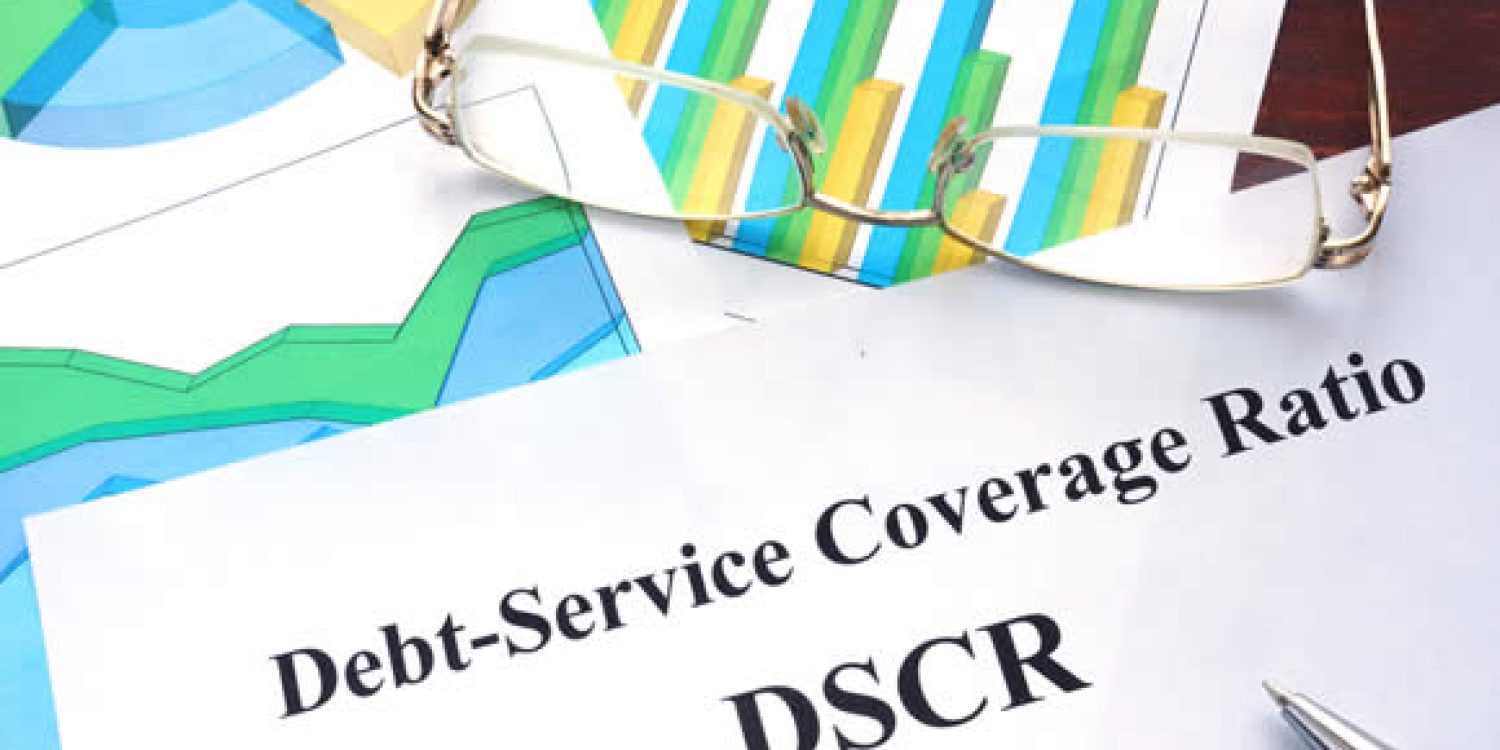In brief, Debt-Service Coverage Ratio (DSCR) is a rating method for a business’ cash flow that they can use to meet their debt obligations. This ratio is essentially a statement of net income as a debt multiple for obligations to be paid within a year’s time, which includes principal, interest, lease payments, and sinking-fund payments. Companies with a DSCR above 1 can pay all of their current debt obligations. Anything less than 1 means that company cannot meet its obligations. Let’s take a detailed look at what DSCR numbers mean for a company, and what they tell creditors about a business’ creditworthiness.

DSCR: What The Numbers Mean For You
If your DSCR is less than one, your cash flow is in the negative in terms of ability to pay your outstanding debt. For example, let’s say you are running a manufacturing business that has a DSCR of 0.90. When a lender or supplier looks at that number, they see that you only have sufficient operating income to cover 90% of your payments on annual debts. This means that your business will have to draw on other sources of income in order to make good on their debts every year. As a general rule, negative cash flow doesn’t inspire confidence in most lenders or suppliers, however, there are those who make exceptions for businesses that possess strong income from outside or additional sources. Bottom line, you need to make sure you know what your net operating income is every year and ensure that you maintain that number so that your DSCR remains at 1 or higher if at all possible.
What’s your net operating income? The short version is your total revenue after operating expenses, not including taxes or interest. Most accountants consider it to be the same as earnings before interest and tax (EBIT). In other words, it’s how much money you have coming in after you pay all your operating costs every month, quarter, or year. This is money you would have available to pay on debts outstanding such as short term debt (such as amounts owed to suppliers) and whatever long-term debt you have outstanding.
How DSCR Determines Creditworthiness
You can calculate your DSCR by dividing your net operating income by your total debt service (TDS). TDS is simply what you owe your creditors overall, including interest and principal. If your number is over 1, your cash flow is in the black, and you can meet your obligations with your current annual net operating income. If it is less than 1, however, your cash flow is in the red, and most creditors won’t issue a loan since your business would be unable to pay their current obligations without tapping into outside resources. In other words, borrowing more elsewhere to pay their debts. This increases the risk of default, especially if your cash flow is vulnerable to market fluctuations. Some lenders will actually decline loans if the DSCR is too close to 1 since that means a sudden dip in your cash flow means you can no longer pay your debts.
What Does DSCR Mean to You for Accounts Receivable?
If you extend short term or long term credit to customers, vendors, or manufacturers, you will want to look closely at their DSCR before extending credit. After all, if they are barely able to pay their current obligations to other creditors, how can you expect to receive what you are owed in a given time period or fiscal year? Your cash flow depends on those accounts receivable being paid up every year so that you can in turn cover your own obligations and operating expenses. If a client or customer decides to default on payment, your own DSCR could suffer due to the drop in cash flow. How do you ensure that those accounts are paid up? Sometimes a little encouragement and establishing a positive, open line of communication between your accounts receivable and accounts payable at your customer or client’s business is all that’s needed. Other times, it is necessary to resort to seeking to recoup the money through a collection agency.
How Burt and Associates Can Help You Preserve Your DSCR
Accounts for your business default. It happens. You don’t need to try and absorb those losses and soldier on though. Contact Burt and Associates to find how you can recover those losses on accounts via collections to ensure that your cash flow and DSCR are not affected by non-payment of short-term credit or long-term debts. Contact us today to see how we can help you collect what you are owed. Maintain your own credit-worthiness and keep your business on track with debt collections services from Burt and Associates.
Commercial Collection Topics
- Get Information from U.S. Bankruptcy Court How to get information about a U. S. bankruptcy case....
- Commercial Collection: Stress Fortunately, today nearly 50% of America’s large companies provide their employees with stress management training, but there is still a...
- Are You Reaching The Right Party? 50% of their time manually locating individuals or correct contact information for debt collection purposes. Over 95% of all debt...
- Fair and Accurate Credit Transaction Act (FACTA) Defines what the Fair and Accurate Credit Transaction Act (FACTA) is and how it protects....









